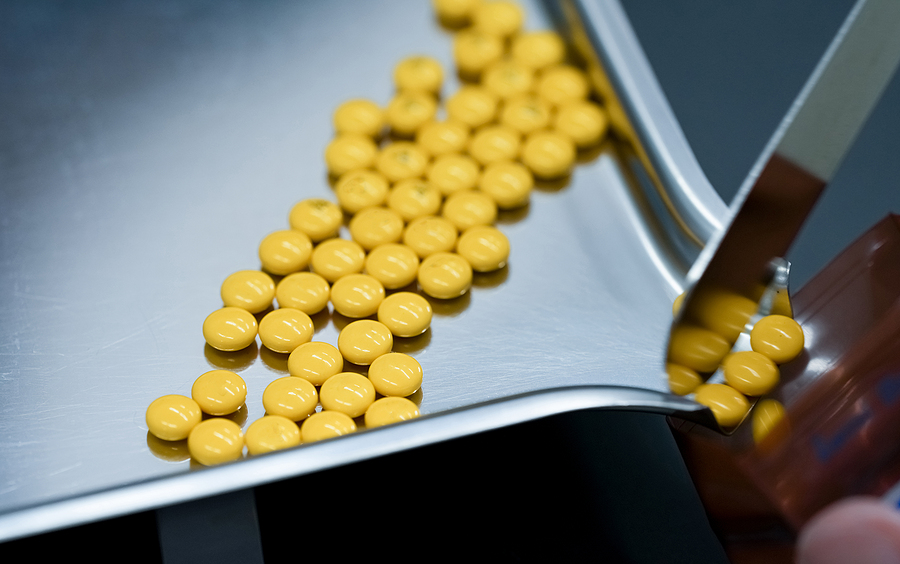President Trump is threatening tariffs again — this time, a 200 percent tariff on pharmaceuticals. This move would drive up the cost of medicine and reduce access to affordable generic drugs. If the administration wants to protect American pharmaceutical supply lines, a better strategy would be to incentivize production in countries other than China.
While some claim tariffs are a tax on foreign businesses, the reality is that tariffs are paid by U.S. businesses and consumers in the form of higher prices. Whether at the pharmacy counter or through higher insurance premiums, patients — not China — will be the ones who pay.
Some supporters of pharmaceutical tariffs are willing to accept that tradeoff, arguing that tariffs will bring pharmaceutical manufacturing back to the United States, reducing reliance on China and protecting our supply chains from geopolitical threats. Ensuring that no country can hold U.S. patients hostage is a worthwhile goal. Tariffs are the wrong tool for the job.
It is true that the United States imports more pharmaceutical volume from China than any other country. However, China still accounts for only 4 percent of U.S. pharmaceutical imports when measured by value, because most of its exports to the United States are generic drugs that can be produced at lower cost abroad.
Trying to onshore generic drug manufacturing is unlikely to succeed. Both wages and pharmaceutical manufacturing regulations are considerably higher in the United States than in China and other nations. Add that to razor-thin profit margins for generic drugs, and it is apparent that the industry cannot absorb the additional costs of producing in the U.S. without prices rising sharply.
Tariffs may encourage some brand-name drug manufacturing to return to the United States, but much of it is already here. By value, 54 percent of active pharmaceutical ingredients used in the United States were produced domestically as of 2019. When name brands are produced abroad, the top suppliers to the United States are allies such as the European Union and Ireland — countries without the strategic reason or U.S. market share to harm American patients by threatening to withhold pharmaceuticals.
Even if tariffs did succeed in bringing generic manufacturing to the United States, the resulting prices would eliminate the savings generic drugs are meant to provide.
Instead of trying to onshore pharmaceutical manufacturing, the United States should take a page from smart investing and diversify. Many nations would welcome the jobs and investment that pharmaceutical production brings. By sourcing drugs and pharmaceutical ingredients from a broad range of countries, no single nation can threaten the supply chain. A diversified network of manufacturers makes the system more resilient — and avoids increasing America’s already high drug prices.
To complement this strategy, the United States can maintain strategic reserves of especially critical pharmaceuticals and ingredients, particularly those produced by a small number of foreign suppliers. That way, even if a geopolitical dispute interrupts one supply line, the United States would have time to ramp up production elsewhere, shielding patients from disruptions.
American patients deserve to be secure in the knowledge that no foreign power can deny them essential medicines. Tariffs won’t deliver that security; they will make medicine more expensive. A smarter approach is to ensure consistent access without sacrificing affordability through robust networks of suppliers in multiple countries.


